In today’s fast-paced business world, organizations are under constant pressure to improve their processes, streamline operations, and increase efficiency. Standardized business processes are a proven way to achieve these goals while also reducing the risk of errors and ensuring compliance. However, to truly gain peace of mind with standardized processes, documentation plays a critical role.
Steps to Implement Standardized Processes
Here are some key steps organizations can take to implement standardized processes and maintain documentation to ensure success:
Identify and Define Your Processes
The first step is to identify and define the processes that are critical to your organization’s success. These may include everything from customer service and sales to supply chain management and financial reporting. It’s important to map out these processes, identify any bottlenecks or areas for improvement, and document them in detail.
Establish Standard Procedures
Once you have mapped out your processes, the next step is to establish standard procedures. These procedures should be designed to ensure consistency and efficiency across your organization. They should be documented in a way that is easy to understand and follow, with clear instructions, diagrams, and examples.
Train Your Team
To ensure that your standardized processes are followed consistently across your organization, it’s essential to train your team. This includes both initial training for new employees and ongoing training to keep everyone up-to-date with any changes or updates to your processes. Training should be comprehensive, and all employees should be required to demonstrate their understanding and competence.
Document Everything
Documentation plays a critical role in the success of standardized processes. It not only provides a record of how things are done but also serves as a reference for employees who need to follow the procedures. This documentation should be kept up-to-date and accessible to all relevant employees. It should also be regularly reviewed and revised as necessary to ensure it remains accurate and relevant. Here’s a great tip to get your documentation started!
Monitor and Measure
Finally, it’s important to monitor and measure the effectiveness of your standardized processes. This includes tracking key metrics such as cycle time, error rates, and customer satisfaction. Regular reviews of these metrics can help identify areas for improvement and ensure that your processes are delivering the desired outcomes.
Standardized processes can provide many benefits to organizations, including increased efficiency, reduced risk of errors, and improved compliance. However, to truly gain peace of mind with these processes, it’s essential to maintain comprehensive documentation that is easily accessible to all employees. By following the steps outlined above, organizations can implement standardized processes that deliver consistent results and help drive success.




